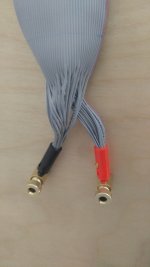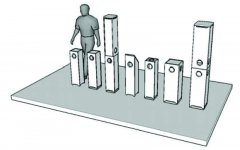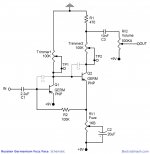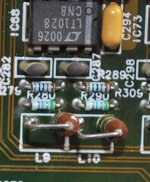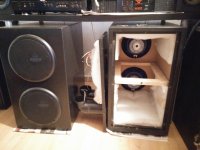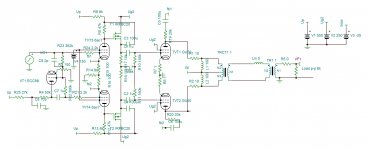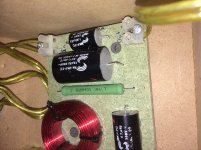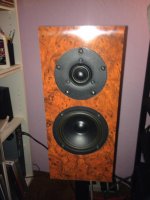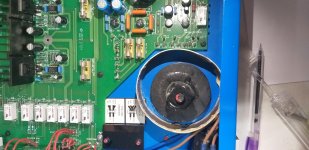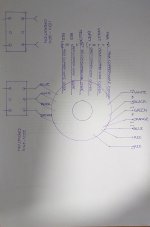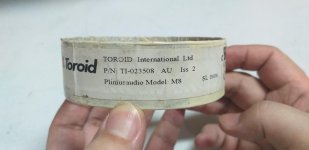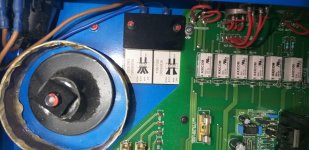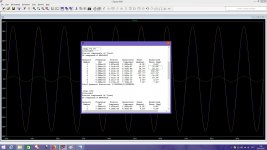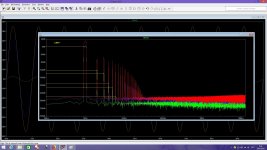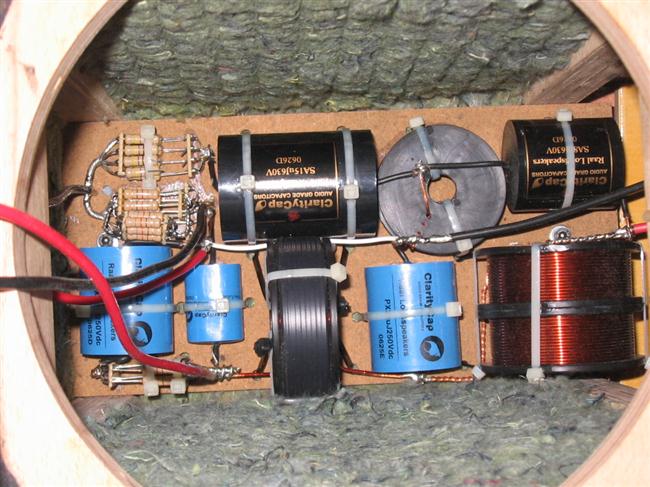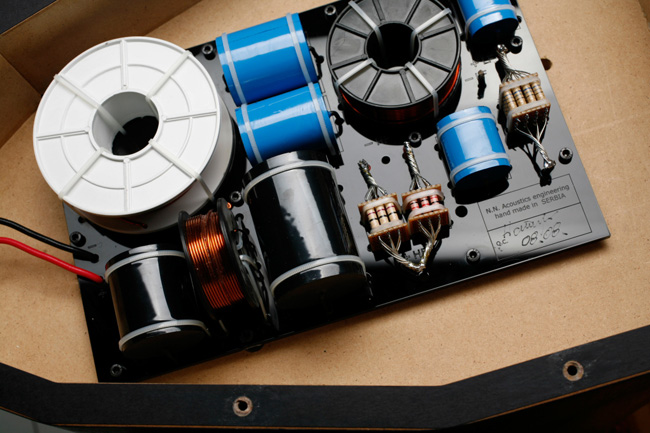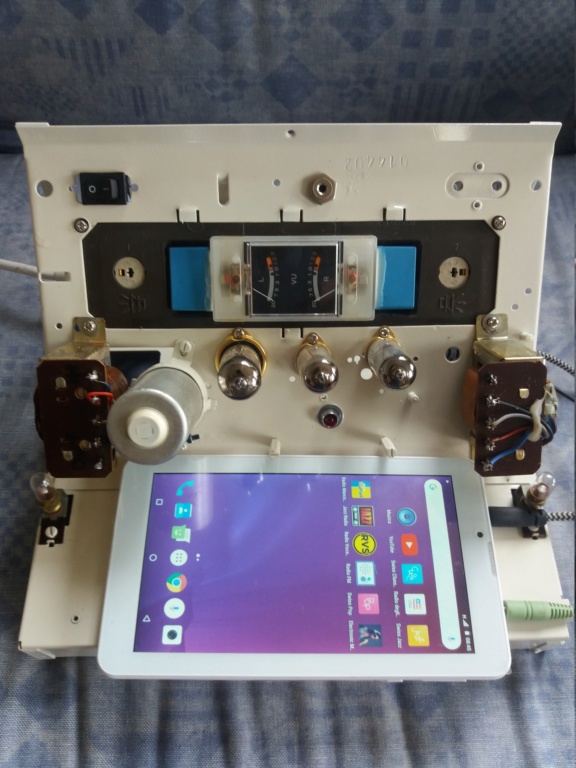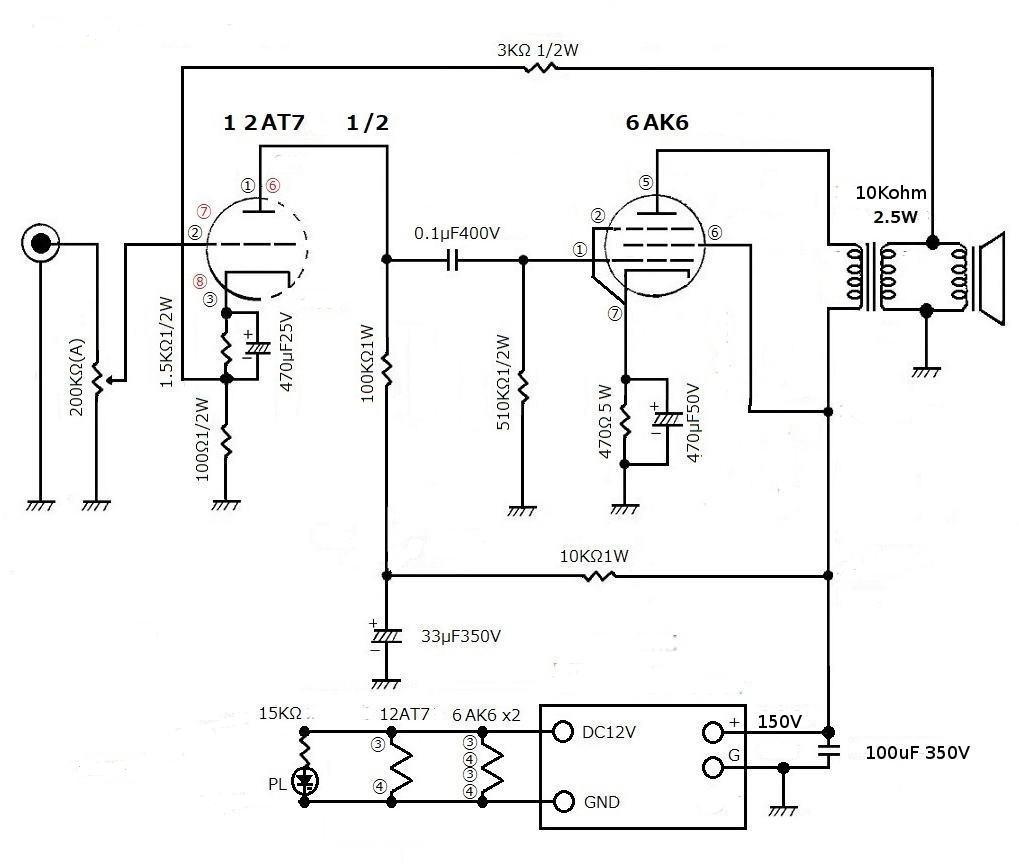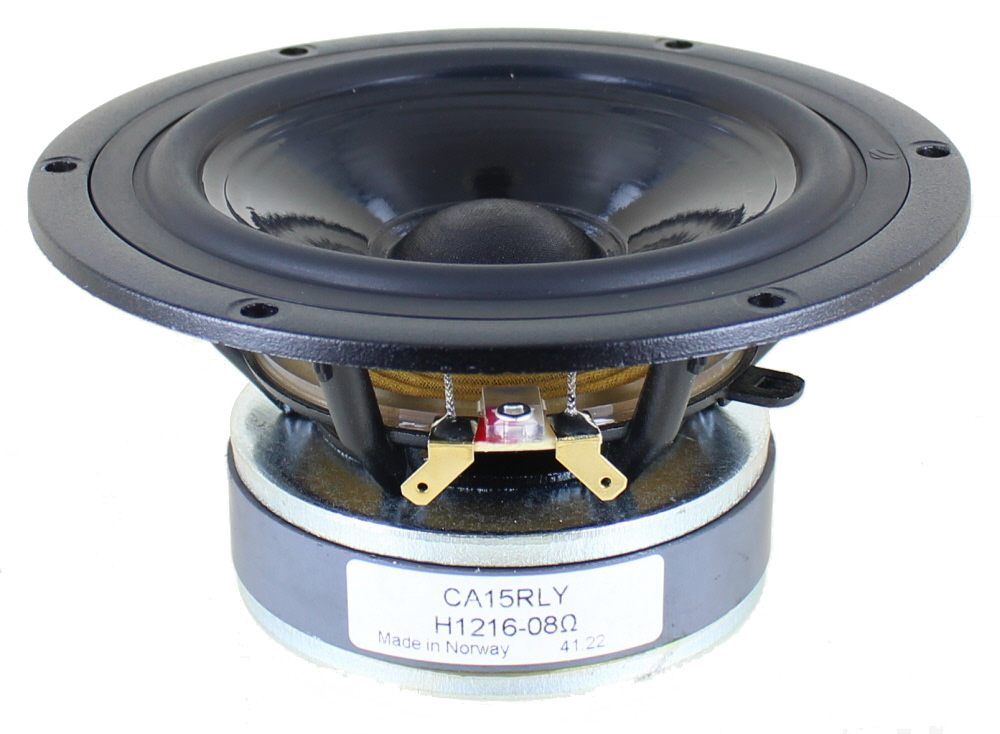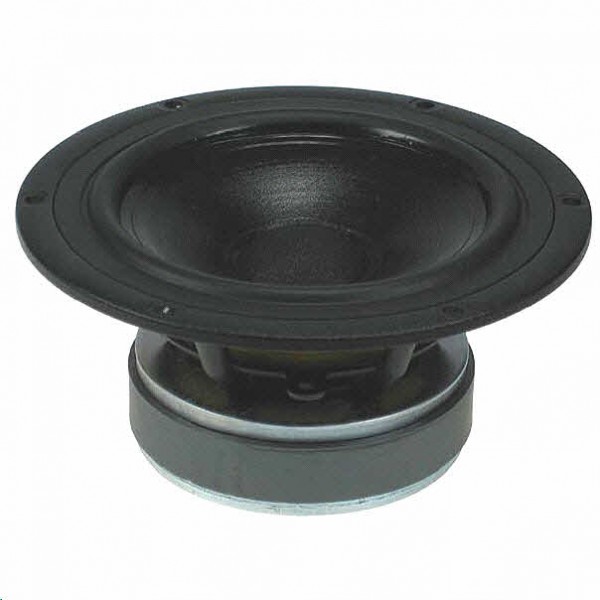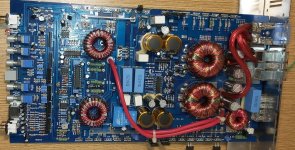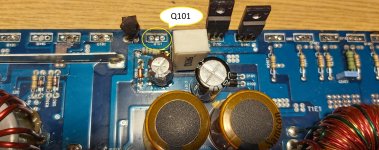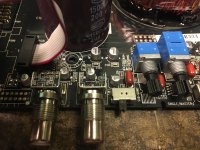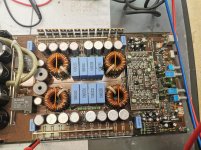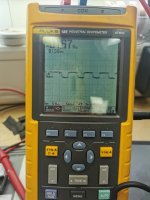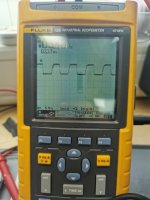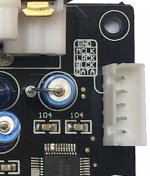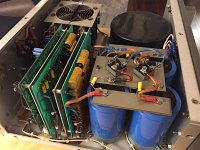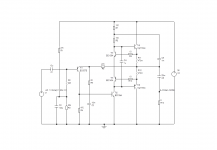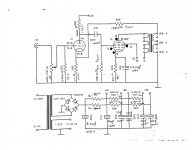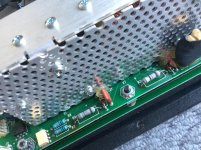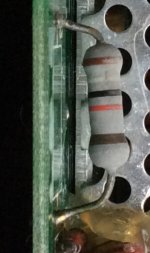I'm getting a bit tied up understanding maximum screen ratings, especially when the max screen rating is a lot different to the maximum plate rating.
For example, the 807 has a plate limit of 600Vdc, and a screen limit of 300Vdc.
As far as I can understand it, it is not just a question of the voltage, but also the implied dissipation on the screen, since screen current is generally a proportion of the plate dissipation.
So that would imply that if voltage and current are known, then maybe screen voltages can be exceeded in some cases.
However, plate behaviour is also dictated by screen behaviour, so if a screen voltage is too high, then plate current can increase and exceed the plate dissipation limits, causing red-plating.
I have read this can be linked to the way the grid is wound, and in some cases it is hidden behind other grid windings, and in other cases it is not, and hence dictates the behaviour of the tube a bit more. I think an example of this is an EL86, which is sensitive to the screen voltage being exceeded.
All of this is static behaviour - the DC operating point. There are also the dynamic conditions, where a screen with a fixed supply can become positive to the plate, so could have large current changes.
Then in some cases people are using tubes with lower screen ratings in UL with, say, a zener diode string to clamp the maximum voltage. Isn't that going to need to be bypassed so that the dynamic behaviour is correct (if feedback via UL is the goal)?
On the 807 PPP UL thread the idea of a tertiary screen winding was bandied about, that is going to be prohibitively expensive for most people.
What I am trying to do is find a home for some 807 look-a-likes I purchased. They sit very nicely in a Quad II, with a B+ of 330V, and with a 390ohm cathode bias resistor, they have a quiescent current of 58ma. The tubes are operated as pentodes, and the screen supply is regulated from a choke, and is at 325V. The cathode is at 22.5V, so the screen is slightly exceeding its limit of 300V.
What do I need to do to be confident I am not abusing my output tubes? I'm thinking a screen resistor might be prudent to measure current? Or can I measure the resistance of the choke, and infer the current from the voltage drop?
As an aside, has anyone experimented with 5B/255M here?
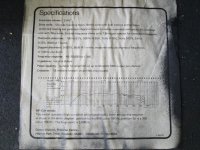
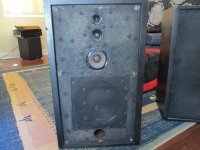
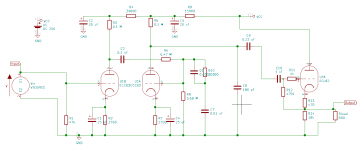
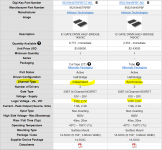
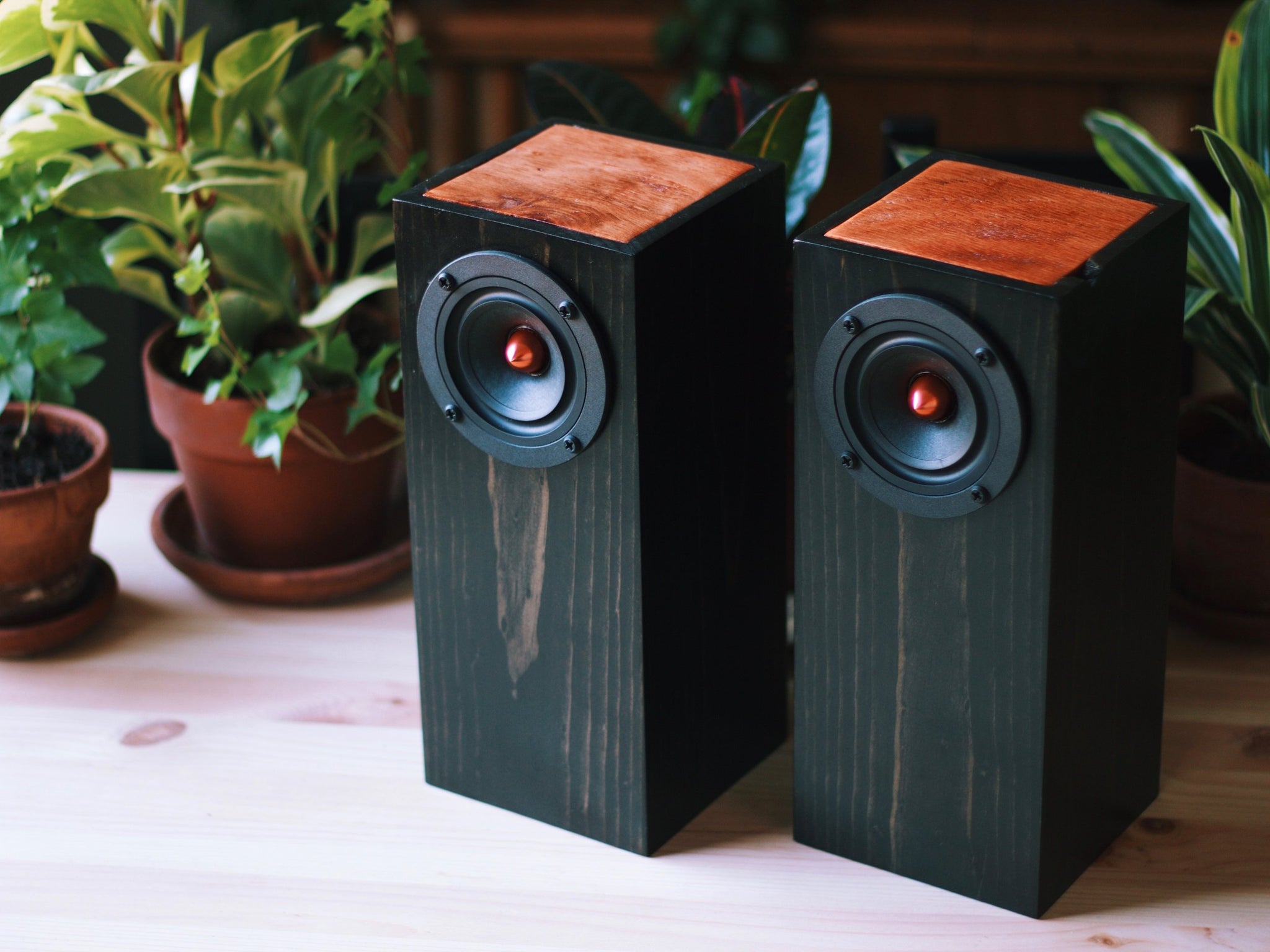
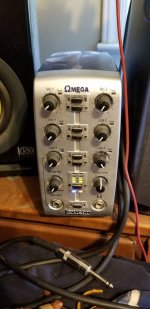
![IMG_3259[1].jpg](/community/data/attachments/771/771140-57a1562d387e688def0da9944073c496.jpg?hash=V6FWLTh-aI)
![IMG_3260[1].JPG](/community/data/attachments/771/771160-5ebe85022ad1bd8db26e82e131e5fc5c.jpg?hash=Xr6FAirRvY)
![IMG_3258[1].jpg](/community/data/attachments/771/771187-3537a326d7b2463e2290057fa356e63b.jpg?hash=NTejJteyRj)
